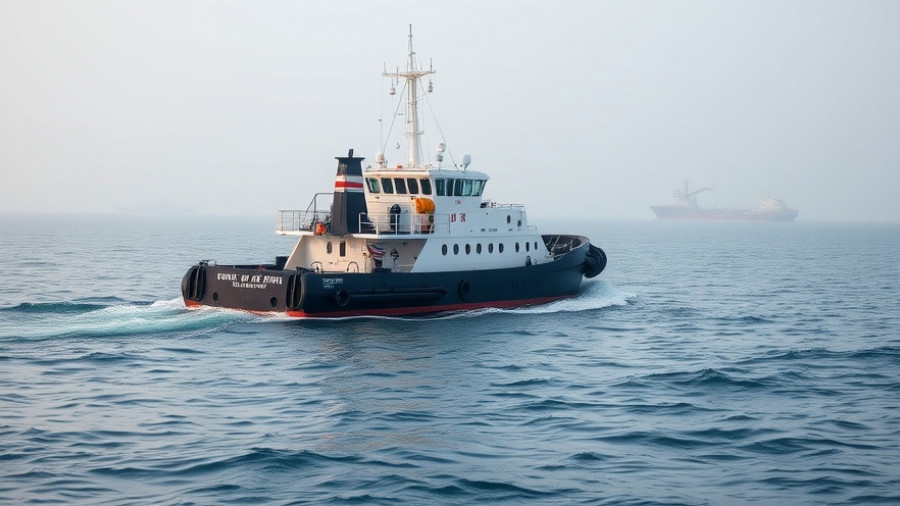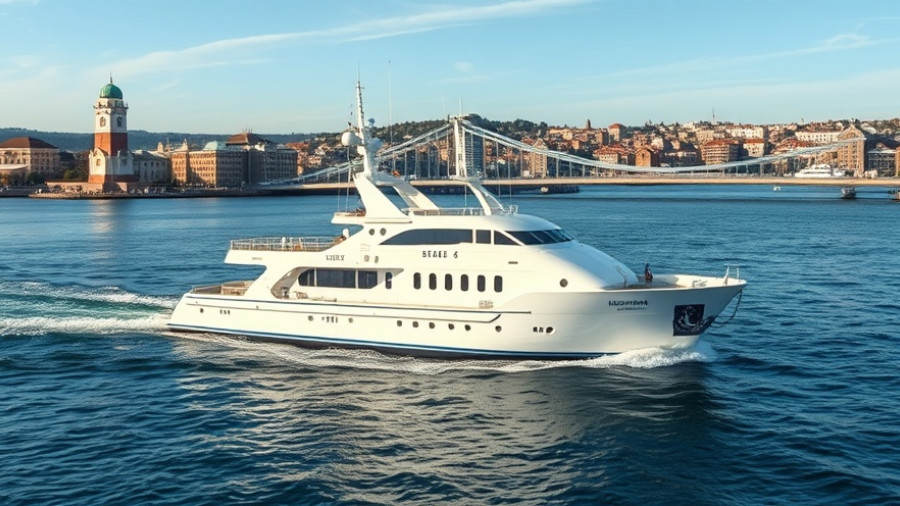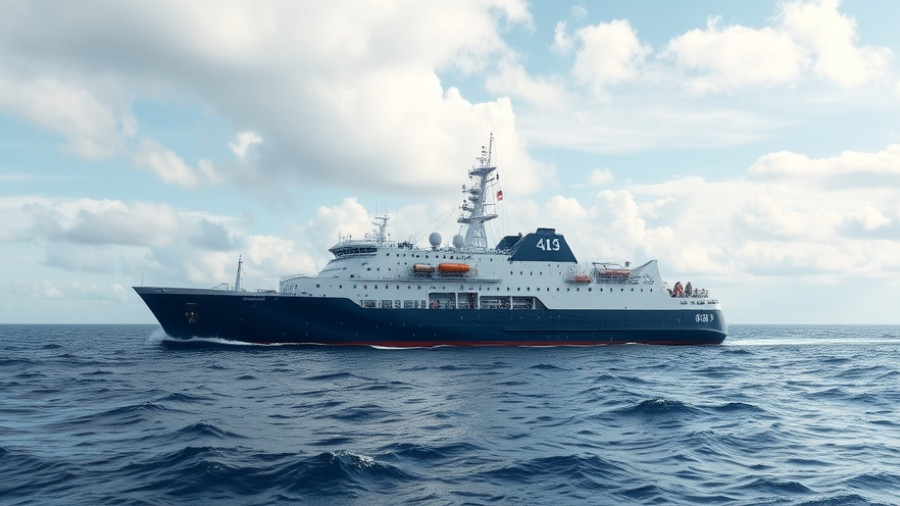
Blue Water Autonomy's Bold Move in Naval Innovation
On October 6, 2025, Boston-based Blue Water Autonomy announced the formation of an Advisory Board, promising to pave the way for a new era of unmanned ships for the U.S. Navy. With a roster of distinguished members including former military leaders and industry experts, this strategic step is designed to bolster the company’s mission to revolutionize naval operations through advanced technology and innovation.
Meet the Advisory Board
The newly formed Advisory Board includes:
- RADM (ret.) Tom Anderson - Former Program Executive Officer, Ships (PEO Ships)
- Stephen Rodriguez - Chairman of Blue Forge Alliance & dual-use investor
- Michael Stewart - Former Director, Navy Disruptive Capabilities Office and Unmanned Task Force
- VADM (ret.) Roy Kitchener - Former Commander, Naval Surface Forces Pacific
According to Rylan Hamilton, CEO and co-founder of Blue Water Autonomy, the board brings unparalleled expertise and leadership at a critical juncture for the company. “As we enter the next phase of growth, this advisory board brings the expertise and leadership we need to scale fast - and to do it right,” he stated. Each member contributes extensive career experiences in navigating Navy acquisition priorities and operational demands.
A Record of Recent Milestones
The formation of the advisory board is coupled with other notable milestones for Blue Water Autonomy. Recently, the company secured a $50 million Series A investment led by Google Ventures, which supports their ambitious plans for building unmanned ships tailored to the modern Navy’s needs. Additionally, partnerships with shipyards, including Conrad Shipyards, are set to kick off vessel construction, while a new office in Washington D.C. positions them strategically for collaboration with government stakeholders.
Driving Forward with Innovative Solutions
Michael Stewart, one of the advisory members and former Director of the Navy’s Disruptive Capabilities Office, emphasized the challenges Blue Water aims to conquer. “Blue Water Autonomy is revolutionizing naval operations by tackling the toughest hull, mechanical, and electrical (HM&E) autonomy challenges,” he remarked. These advancements are essential for enhancing the U.S. Navy's mission readiness and operational reach.
The Future of Naval Dominance
As technology advances, the Navy faces a unique crossroads. As noted by Stephen Rodriguez, the future of naval dominance will not solely hinge on the size of the manned fleet but rather on the speed and agility of developing a distributed, software-defined force. “Long-range unmanned surface vessels are crucial for the Navy's next chapter,” he added, highlighting the shift in how naval capability is perceived and executed.
The Need for Speed and Agility
The modern-day maritime landscape demands both rapid innovation and strategic foresight. Blue Water Autonomy aims to incorporate commercial tech into unmanned vessels, fostering a unique agility in naval operations. “We need to create the agile acquisition pathways and collaborative bridges between traditional shipbuilders and trailblazers in autonomous systems,” Rodriguez explained. Without this approach, the Navy risks falling behind in a rapidly evolving global environment dominated by technological advancements.
Implications for the Defense Industrial Ecosystem
As echoed in reference articles, amid escalating maritime tensions, particularly regarding China’s shipbuilding advancements, the U.S. must reinforce its maritime capabilities. The Office of Naval Intelligence reports that China boasts more shipbuilding capacity than the U.S., raising alarms about the need for strategic investment in defense technology. With plans for integrating unmanned vessels into naval strike groups by 2027, the pressure to innovate is palpable.
Conclusion: A Call for Innovation
Blue Water Autonomy’s formation of the Advisory Board represents a substantial commitment to improving maritime operations through autonomy and innovative technology. As the landscape of naval warfare continues to evolve, the urgency to adapt and innovate becomes increasingly apparent. Companies like Blue Water Autonomy are not just preparing for the future; they are actively shaping it. The combination of deep naval experience and technical vision among advisory members positions them favorably to tackle the challenges ahead.
 Add Row
Add Row  Add
Add 




Write A Comment